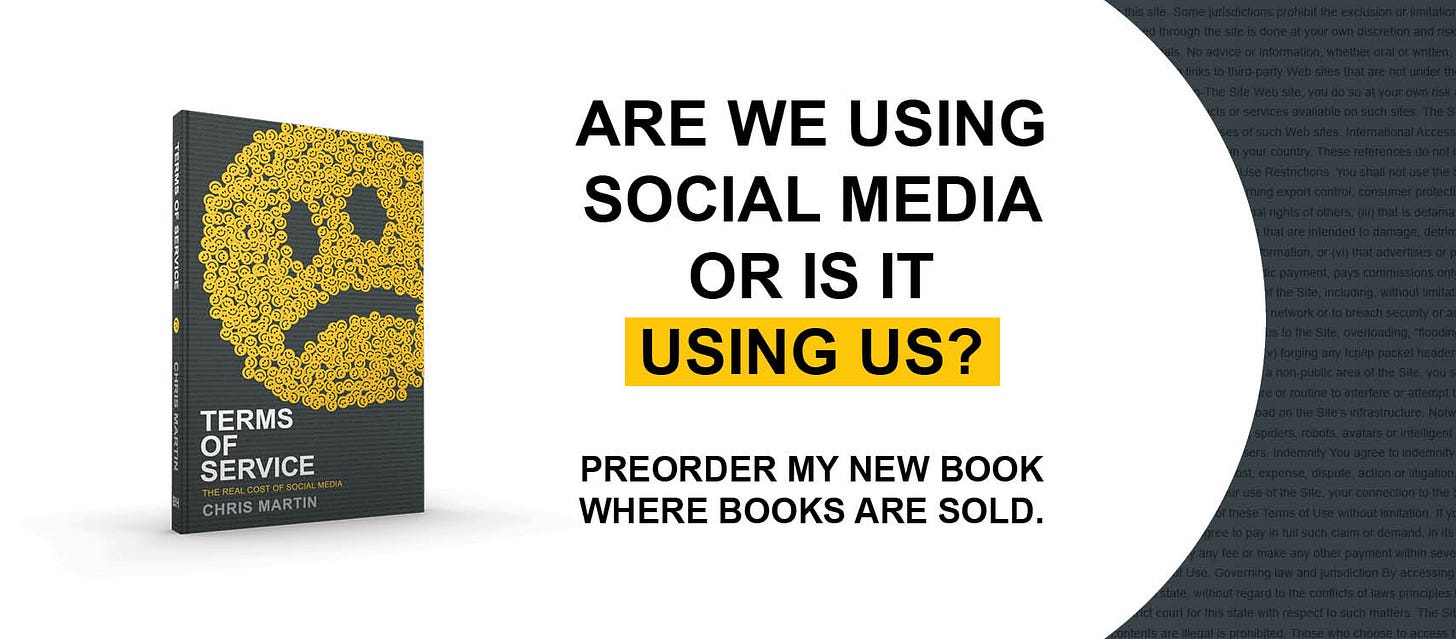The Evolution of Cringe [Content Made Simple]
Issue #253: Instagram testing paid subs, GIFS are lame now?, and more.
TOP OF THE WEEK:
How Did We Get So ‘Cringe’?
Quote:
Platforms like TikTok or Twitter or YouTube, where anyone can stumble across anyone else, are hotbeds for cringe because cringe comes from context collapse: Here is a person standing up in public to say something that will be received in a way completely unlike what she had hoped or planned.
…
This is a dark turn for cringe, but it makes sense. After a decade of watching and analyzing millions of moments of public performances online, all while feeling compelled to constantly recalibrate one’s own, it’s offensive when someone grievously misunderstands the way that they’re coming off.
Commentary:
I read this article last weekend and thought it was worth sharing with this group. One of the most fun parts about living in the time that we do is that we get to watch the internet and internet culture evolve from its earliest forms into new forms. How has “cringe” changed over time? This is a great peek into just that.
HITTING THE LINKS
Link #1: Instagram is testing paid subscriptions with a small group of creators
Instagram doing all they can to woo creators back to a platform that continues to lose cultural cachet.
Fans will pay a monthly fee to access subscriber-only content from creators they follow, like exclusive Lives and Stories. Subscribers will also get a purple badge by their username that signals their status to the creator. Price tiers will range from $0.99 to $99.99 per month, and creators can select the price point for their subscriptions. Co-head of product Ashley Yuki told TechCrunch that Instagram will not take a cut of creators’ subscription revenues “until at least 2023.”
Link #2: GIFs Are For Boomers Now, Sorry
Are GIFs falling out of favor with younger internet users? Appears so.
This is how I feel about gifs – my eyes glaze over when I see them, and they rarely register as something being “said”, but rather seem like the absence of saying something. Linda Kaye, a cyberpsychology professor at Edge Hill University, hasn’t done direct research in this area but theorises that the ever-growing popularity of video-sharing on TikTok means younger generations are more used to “personalised content creation”, and GIFs can seem comparatively lazy. “I think the issue with GIFs is that you often tend to see people using the same ones to express a certain sentiment – the ‘blinking/double take’ guy for surprise or the Leonardo DiCaprio raising a glass for celebration – maybe people are becoming fatigued from over-use of certain ones.”
Link #3: Snapchat to limit friend suggestions for teenagers to prevent contact with strangers
I’m all about social media platforms adding safety features for their young users!
Snapchat is implementing a new safety feature that limits the friend suggestions teenagers see in the app (via 9to5Mac). Kids aged 13 to 17 years old will now only receive suggestions that have “a certain number of friends in common with that person” through Snapchat’s friend suggestion feature, called Quick Add.
It’s unclear just how many mutual friends a user will need to have in common with a teen in order to appear on their Quick Add list, but Snapchat says it will help ensure users actually know each other in real life. The platform also plans on adding new parental control tools, which it hinted at last year, offering “parents more insight into who their teens are talking to” while still letting teens have a sense of privacy.
THE FUNNY PART
If you like this, you should subscribe to my free newsletter of funny content I find online. It’s called The Funnies. It delivers on Saturday mornings.

You can subscribe to The Funnies here. (It is and will always be free.)




Hi Chris, will Terms of Service be available in kindle/e-book format?